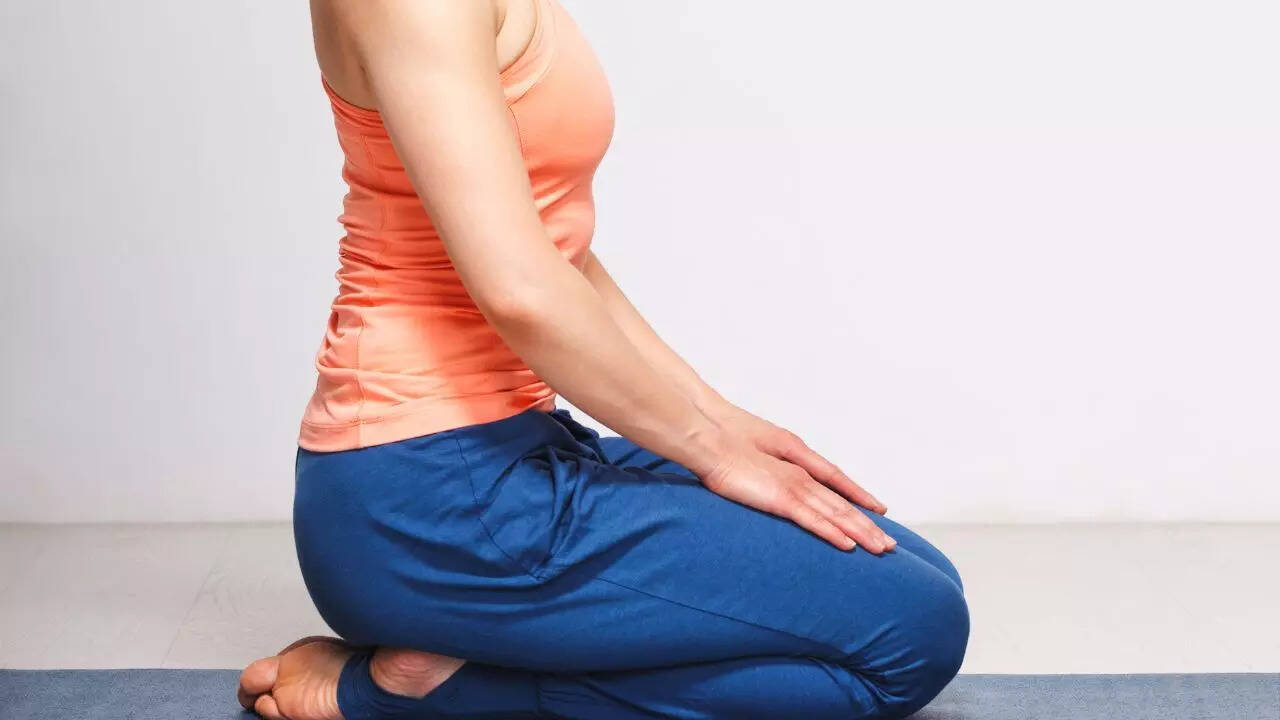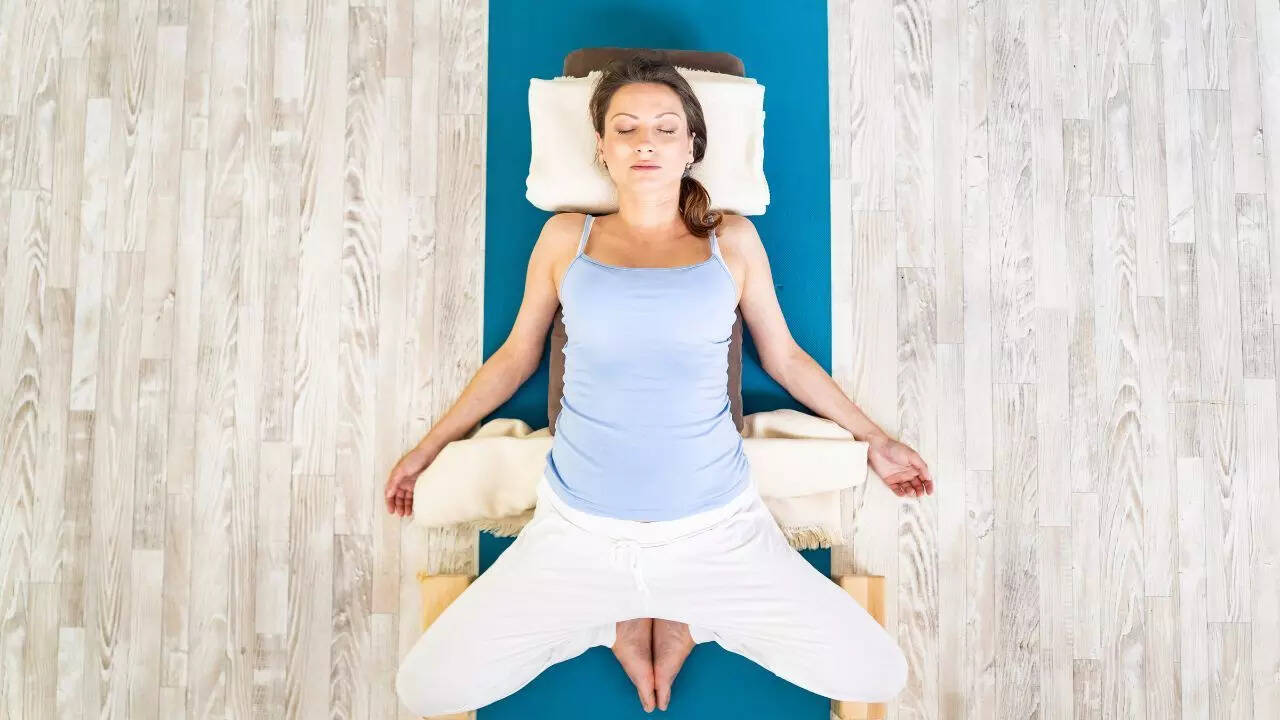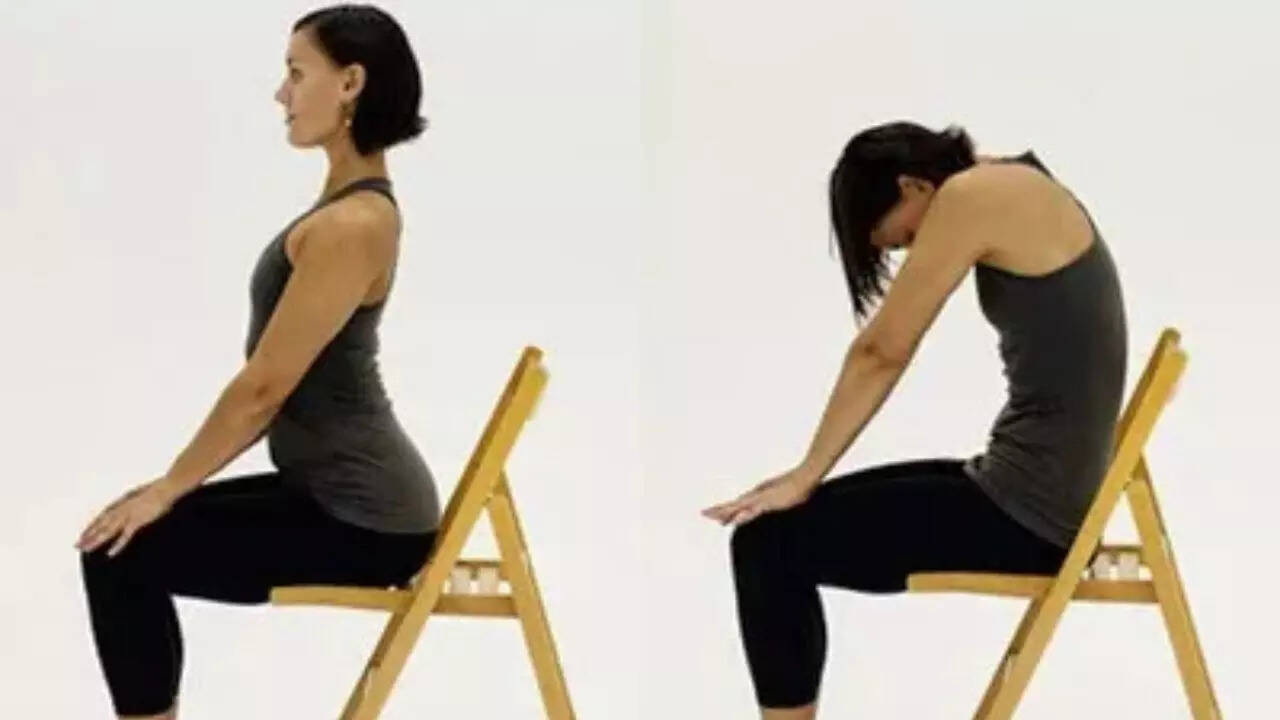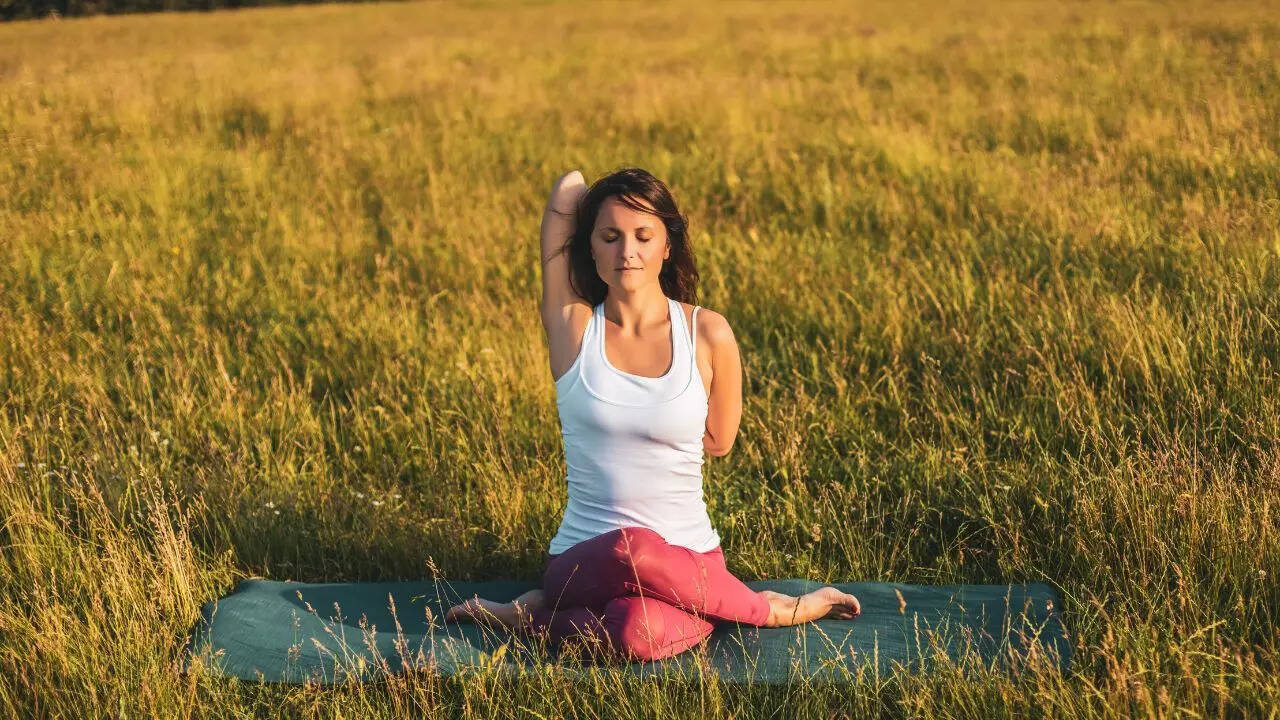Yoga poses for digestion: Gentle asanas to ease bloating and enhance your gut health after meals |

Feeling bloated or sluggish after a meal? Gentle yoga can offer natural relief. Certain calming postures, when practised 15 to 30 minutes after eating, help stimulate digestive organs, improve circulation, and support gut motility, without straining your body. Unlike intense workouts, these soothing asanas work in harmony with your digestive system, easing gas, acidity, and heaviness. They also activate the parasympathetic nervous system, helping you shift into “rest and digest” mode. In this guide, we explore five yoga poses that not only relieve post-meal discomfort but also promote long-term digestive health and mindful relaxation.
Is it safe to do yoga right after a meal?
In general, yoga is best practiced on an empty stomach or after a light snack. If you’ve had a large or heavy meal, it’s recommended to wait at least 2 to 3 hours before performing most yoga practices. This gives your body enough time to start digesting the food without discomfort.However, certain restorative and seated postures are mild enough that they can be done 15 to 30 minutes after eating. These poses help prevent sluggishness, stimulate the digestive organs, and improve blood flow to the gastrointestinal tract without putting pressure on the abdomen.
5 Yoga poses for better digestion
Vajrasana (Thunderbolt or Diamond Pose)

Vajrasana is unique among yoga poses because it’s traditionally recommended right after eating. Sitting in this kneeling position helps direct blood flow to the abdominal region, improving circulation and activating the digestive organs. It also encourages proper posture, allowing the stomach and intestines to remain in an optimal position for food to move smoothly through the digestive tract. Regular practice may help reduce symptoms like acidity and indigestion.How to practise:
- Kneel down with your knees together and feet slightly apart.
- Sit back so your buttocks rest on your heels.
- Keep your spine straight and place your hands on your thighs.
- Close your eyes and take slow, deep breaths.
- Remain in this posture for 5 to 10 minutes.
Supta Baddha Konasana (Reclining Bound Angle Pose)

This restorative reclining pose helps the abdomen relax and opens the hip region, which can ease feelings of fullness and bloating. The gentle stretch in the groin and inner thighs softens muscular tension, while the reclined posture allows gravity to aid the downward movement of food. It also calms the parasympathetic nervous system—the “rest and digest” mode—which improves digestion and reduces post-meal stress.How to practise:
- Lie flat on your back.
- Bring the soles of your feet together and let your knees gently fall out to the sides.
- Use cushions under your knees or lower back if needed for support.
- Let your arms rest beside you with palms facing up.
- Stay in this pose for 1 to 2 minutes, or longer if comfortable.
Seated Cat-Cow (Chair or Cross-Legged Version)

The gentle spinal flexion in this movement massages the internal organs, especially the stomach and intestines. This action helps stimulate peristalsis—the wave-like muscle contractions that move food through the digestive tract. The conscious coordination of breath with movement also increases oxygen supply to the abdominal region and helps ease gas, bloating, and cramps.How to practise:
- Sit cross-legged or on a chair with your back straight.
- Place your hands on your knees or thighs.
- Inhale as you arch your back, lift your chest, and raise your chin.
- Exhale as you round your back and tuck your chin toward your chest.
- Repeat slowly for 5 to 10 rounds, syncing breath with movement.
Gomukhasana (Cow Face Pose)

Though known for its benefits in stretching the hips and shoulders, Gomukhasana also gently compresses the abdominal area, which can improve circulation and stimulate digestion. The pressure on the digestive organs from the folded leg position may help relieve tension in the stomach and aid bowel movements. Practising this pose mindfully after meals can support gentle digestive stimulation while encouraging full-body relaxation.How to practise:
- Sit on the floor and bend your knees, stacking one knee directly over the other.
- Bring your feet toward the sides of your hips.
- Raise one arm overhead and the other behind your back, attempting to clasp your hands or use a strap.
- Keep your spine tall and shoulders relaxed.
- Hold for 30 to 60 seconds, then switch sides.
Supta Matsyendrasana (Supine Spinal Twist)

This reclining twist is excellent for gently massaging the intestines and stimulating the digestive tract. Twisting motions help “wring out” the internal organs, promoting elimination and the release of trapped gas. It also stretches the lower back and abdominal muscles, providing relief from post-meal tightness or cramping. The pose encourages deep breathing, which calms the body and supports digestion.How to practise:
- Lie on your back with arms stretched out in a T-shape.
- Bend your knees and draw them toward your chest.
- Let your knees fall to one side while turning your head in the opposite direction.
- Breathe deeply and hold for 30 to 60 seconds.
- Return to the centre and repeat on the other side.
Gentle yoga poses after meals offer more than just physical relief—they create a moment of mindful rest that supports your body’s natural digestive rhythms. By incorporating these simple asanas into your routine, you can reduce bloating, prevent indigestion, and enhance post-meal relaxation.Always remember to avoid intense movements, deep twists, or inversions on a full stomach. Instead, choose calm, nurturing poses like those above, and listen to your body as you move. Over time, these practices can promote better digestion, improved gut health, and a more balanced relationship with food.Also Read: 10 Ayurvedic remedies for insomnia: Natural ways to restore peaceful sleep






